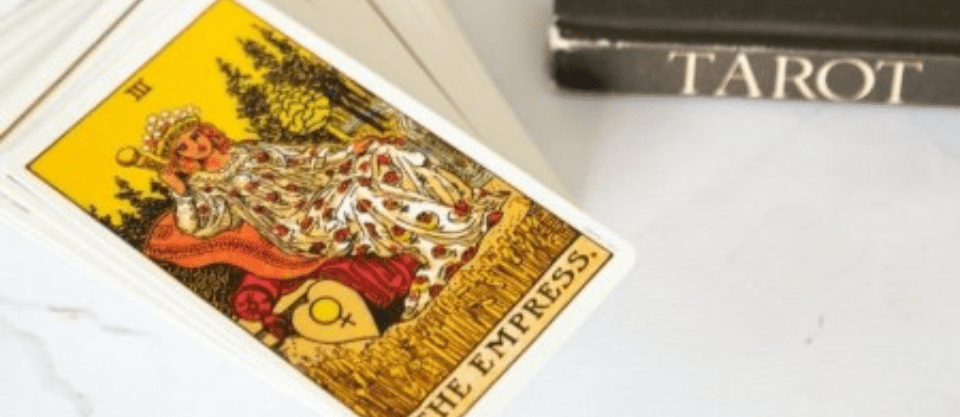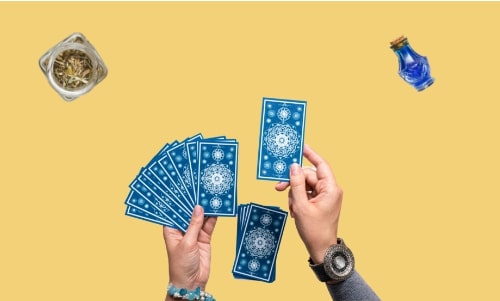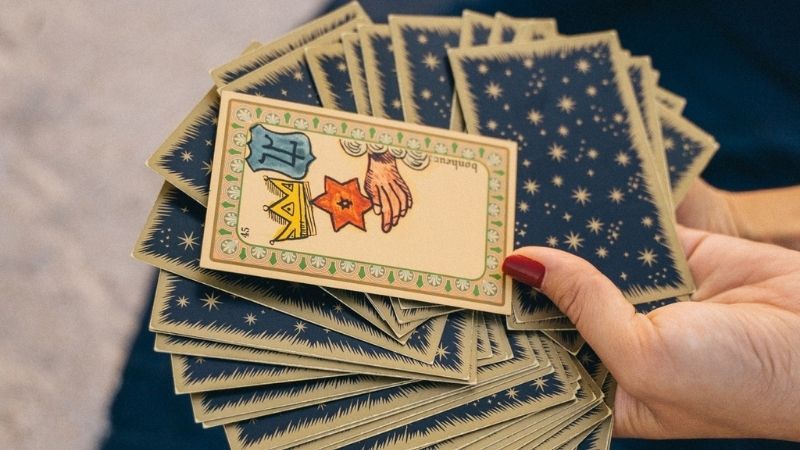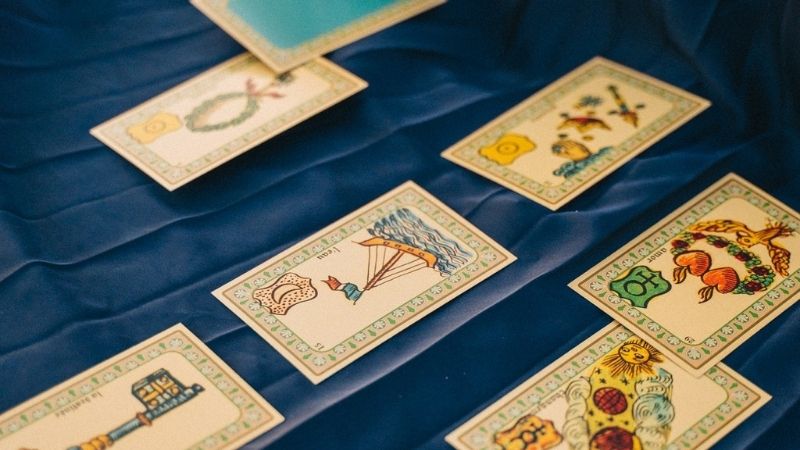
How to Read Tarot Cards: A Beginner’s Guide to Tarot Reading
Over the past 600 years, people have consulted Tarot cards for religious instruction, spiritual insight, self-discovery, and divination. The ancient symbols seen on the cards are designed to stimulate intuition, connecting us with our higher selves and true spiritual nature.
What are Tarot cards?
Tarot cards are a powerful tool for greater awareness and transformation. They are a metaphysical medium that enables us to connect with our inner wisdom to reveal what is really happening below the surface of events around us.
Today, more and more people are seeking ways to blend their inner and outer realities so they can live their lives with greater awareness.
Of course, anyone can learn to work with Tarot and can benefit greatly from its insights. All you need is a 78-card Tarot deck that appeals to you visually and is symbol-rich.
Learn How to Read Tarot Cards
Learn the meanings of each of the 78 cards in the Tarot deck, and demonstrate the dynamic techniques used to interpret the cards with accuracy.

The Tarot deck
Tarot is a system of archetypes, a picture-book of the human condition, reflecting our states of mind and stages of life.
Archetypes and the Tarot
Archetypes are symbols to which we all can relate. They represent significant aspects of life, people around us as well as events. According to Swiss psychiatrist, Carl Jung, we are all pre-programmed to look for archetypes in our everyday lives because they serve as a framework for our understanding of the world.
Carl Jung was the first person to popularise the theory of archetypes. He believed that archetypal concepts emerged from the collective unconscious and concluded that we are all born with an innate ability to understand them. Perhaps, that is why we can easily relate to some concepts without being told or explained what they are. For example, no one explained the concepts of mother or father – we instinctively know what they are.
Each of the 78 Tarot cards is a type of archetype. These powerful archetypes enable us to examine the forces that live deep within us and invoke a mood, a need, or a greater understanding of our personality or soul life.
Synchronicity and how the Tarot works
Synchronicity is a fascinating phenomenon. According to Jung, synchronicity is “meaningful coincidence”. Jung suggested that synchronicity could be responsible for the way that divination tools, like Tarot, might work. To Jung, there was a connection between physical objects, like Tarot cards, and the images one sees in one’s mind.
In synchronicity, there is no distinction between inner and outer. The choice of a card is exactly what your higher self already knows. This is what Tarot readers call the conversation with your higher self. The cards always work. It is not magic — Tarot cards are a sacred mirror.
How many cards are in a Tarot deck?
Every Tarot deck has a total of 78 cards, and each of these cards falls into one of two basic categories: the Major Arcana which has 22 cards, and the Minor Arcana which has 56 cards.

Major Arcana
The Major Arcana are traditionally more significant and considered the stars of the show. Here, you will encounter the first 22 cards of the deck. These cards hold the greatest importance in any reading and represent a highly archetypal situation.
When a Major Arcana card shows up in a Tarot reading, it is telling us that we are dealing with something big and represent important characters or life events. When a Major Arcana card comes up, it is to be listened to.
Minor Arcana
The rest of the deck is known as the Minor Arcana. Consisting of 56 cards, Minor Arcana relate to what is happening in your daily life and can offer insight into how your present situation is affecting you. They typically have a temporary influence – that is, they represent an energy that is moving through your life right now and that can be easily changed, depending on the actions you take. Even though the Minor Arcana cards are called “minor”, this does not mean that these Tarot cards will not have an impact on your life.
What is the difference between the Major Arcana and the Minor Arcana cards?
While the Major Arcana are more significant, the Minor Arcana allow Tarot readers to understand the subtleties and details that surround the major events and signifiers in a Tarot spread.
In general, the Major Arcana cards represent large turning points and the Minor Arcana cards represent the day-to-day insights.
How to do a basic Tarot card reading for beginners?

Three-card Tarot spread
The three-card spread is the easiest spread for a beginner and ideal for a quick basic Tarot reading. This is a particularly useful spread and involves reading your past, present, and future regarding a particular situation in your life.
Clear your mind and hold a specific aspect of a situation in your mind, or repeat a specific question, as you shuffle the deck, and then:
- Fan the cards face down before you on a table.
- Draw three cards.
- Place the first card in position one. This represents the past.
- Place the second card in position two. This represents the present.
- Place the third card in position three. This represents the future.
1. The past
This card represents past influences that are currently affecting your situation.
2. The present
This card represents the present and the circumstances surrounding you right now in your present moment.
3. The future
This card represents the outcome of your current situation.
As you interpret the cards according to your question, do remember that the future card is never set in stone; it is here to show you how things could turn out if you do not follow the advice of the past and present cards.
A Tarot deck is a storybook and a Tarot image is a metaphor, each card has a visual depiction of one aspect or characteristic of a possible human experience. It is an incredible self-empowerment tool.
Want to learn more? Join our online Tarot course today!



